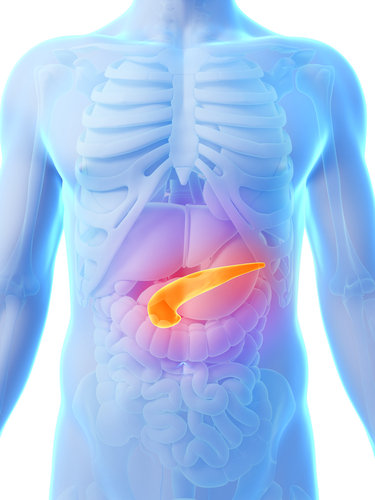 Dr. Rémi Rabasa-Lhoret, an endocrinologist from the University of Montreal, along with colleagues recently conducted a clinical trial that assessed different treatments for type 1 diabetes. The study shows that an external artificial pancreas can improve glucose control and reduce the risks of hypoglycemia in comparison to traditional treatment. The outcomes and conclusions of the study, which were published in The Lancet Diabetes & Endocrinology journal, could have a major impact on the way type 1 diabetic patients are treated.
Dr. Rémi Rabasa-Lhoret, an endocrinologist from the University of Montreal, along with colleagues recently conducted a clinical trial that assessed different treatments for type 1 diabetes. The study shows that an external artificial pancreas can improve glucose control and reduce the risks of hypoglycemia in comparison to traditional treatment. The outcomes and conclusions of the study, which were published in The Lancet Diabetes & Endocrinology journal, could have a major impact on the way type 1 diabetic patients are treated.
It is estimated that about 285 million people in the world are diabetic, 10 percent of which have type 1 diabetes — a chronic disease that can result in serious cardiovascular diseases, seizures and vision loss. Type 1 diabetes patients need to carefully manage their blood glucose levels to avoid severe long-term health complications.
An external, artificial pancreas is an automatic system that can continuously adjust the levels of insulin delivery into the body through glucose level alterations. There are two configurations of this technology: one that uses a single-hormone delivery system that only delivers insulin, and another dual-hormone system that is able to deliver insulin and glucagon as well. Insulin plays a role in lowering blood glucose levels while glucagon has the antagonistic effect of raising glucose levels.
The Director of the Obesity, Metabolism and Diabetes research clinic at the IRCM and professor at the University of Montreal’s Department of Nutrition, Dr. Rabasa-Lhoret, said in a press release: “Our clinical trial was the first to compare these two configurations of the artificial pancreas with the conventional diabetes treatment using an insulin pump. We wanted to determine the usefulness of glucagon in the artificial pancreas, especially to prevent hypoglycemia, which remains the major barrier to reaching glycemic targets.”
First author Dr. Rabasa-Lhoret noted: “Our study confirms that both artificial pancreas systems improve glucose control and reduce the risk of hypoglycemia compared to conventional pump therapy. In addition, we found that the dual-hormone artificial pancreas provides additional reduction in hypoglycemia compared to the single-hormone system.”
“Given that low blood glucose remains very frequent during the night, the fear of severe nocturnal hypoglycemia is a major source or stress and anxiety, especially for parents with young diabetic children,” explained Dr. Laurent Legault, co-author, pediatric endocrinologist at the Montreal Children’s Hospital remembering that this technique can highly improve the quality of diabetic patients’ lives.
IRCM investigators are planning clinical trials to assess the efficiency of these artificial pancreas designs for longer periods and in larger groups of patients. The technology is expected to be available within 5 to 7 years, and the first designs will most likely offer overnight glucose levels control.


